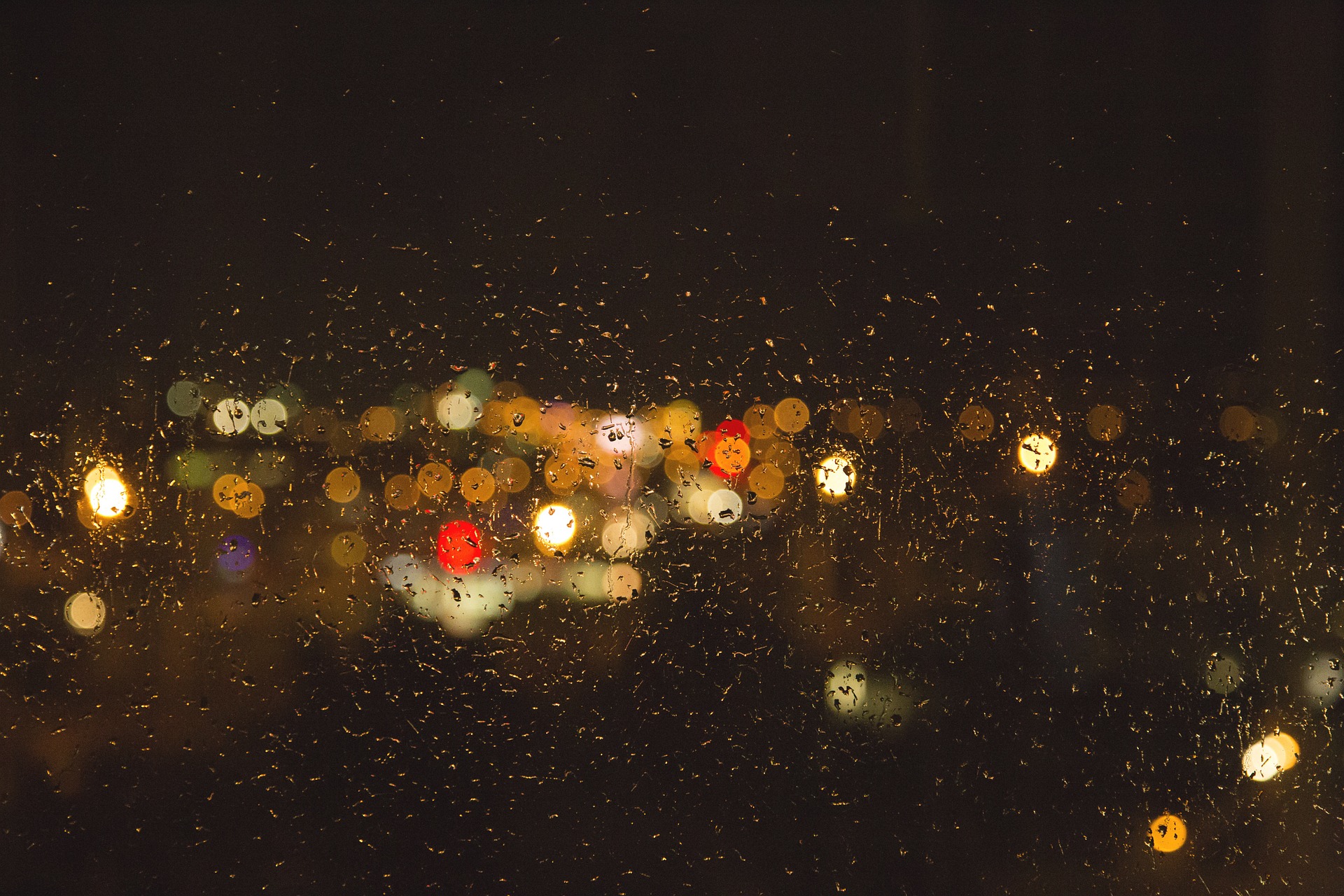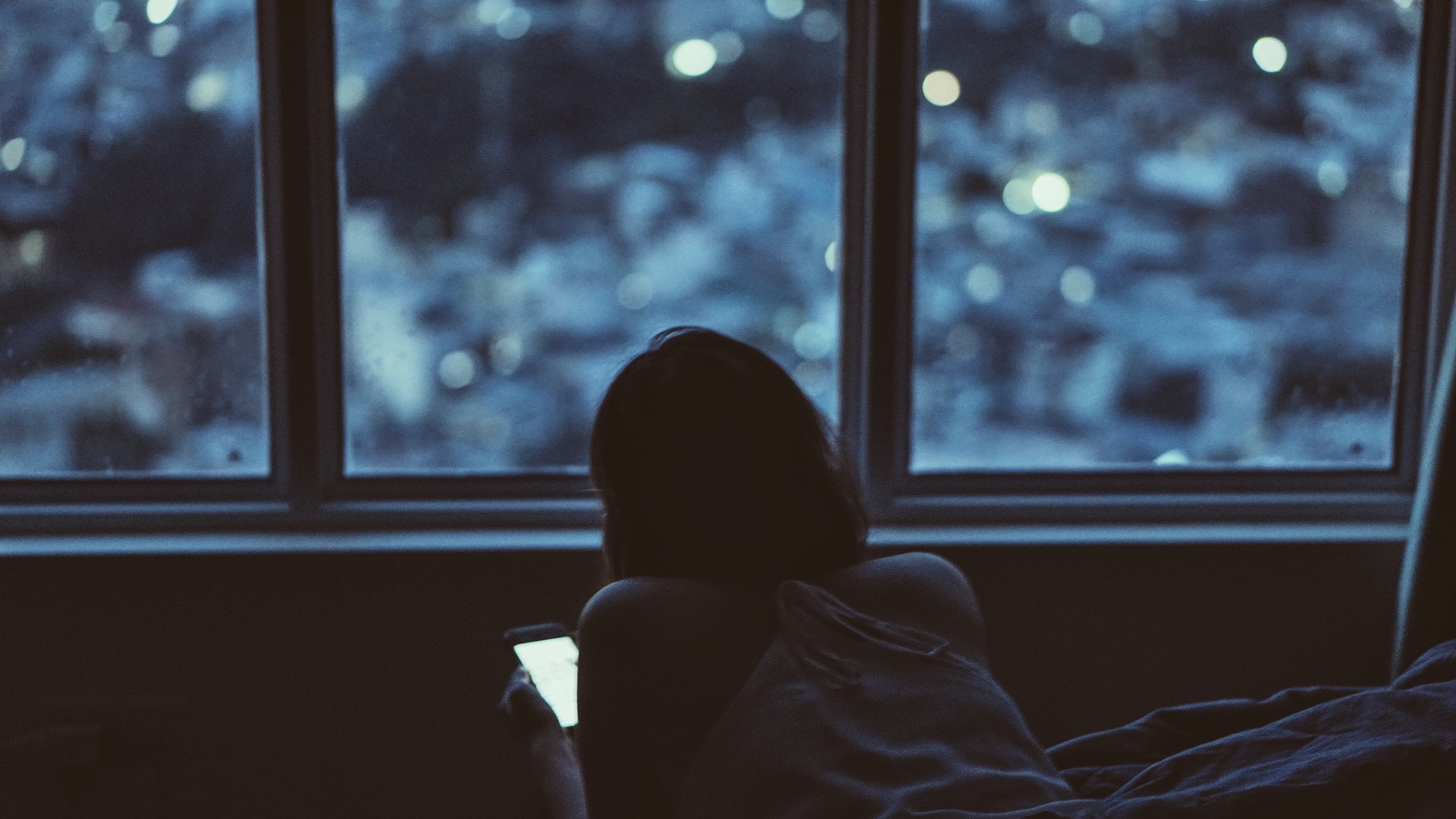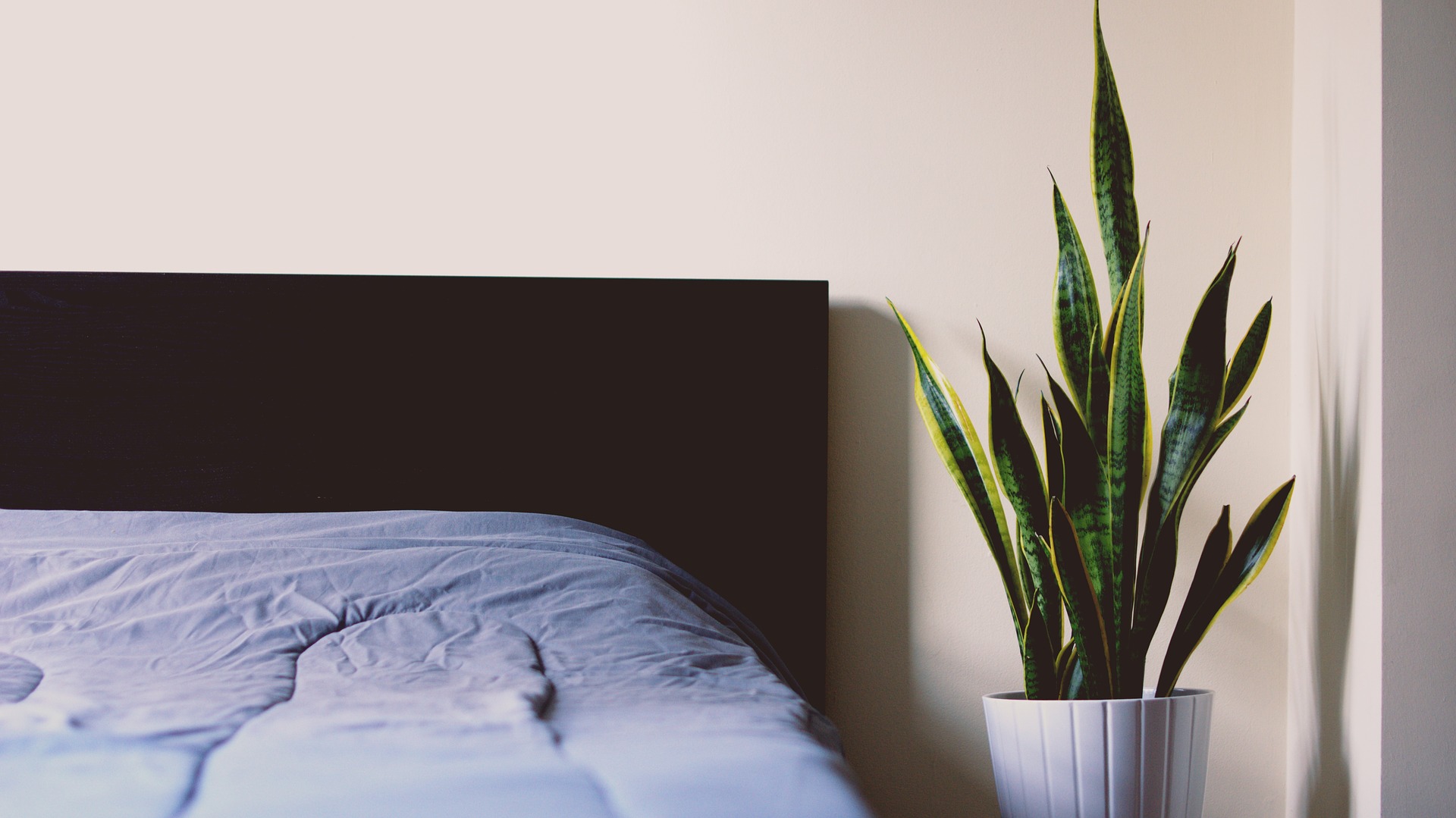Four Rules of Healthy Bedroom Design
Your bedroom environment can influence the quality of your sleep. Factors including wall color, temperature, light, and even smell can have a significant effect on how quickly you’re able to fall asleep and how soundly you sleep at night.
Designing a bedroom for healthy sleep means paying attention to these factors. Follow these rules to help you sleep better at night.
Rule #1: Sleep in Darkness
Your sleep schedule is controlled by your circadian rhythm, the biological clock that tells your brain and body when it’s bedtime and when it’s time to be awake. Your circadian rhythm relies on cues to determine what time of day it is and send signals to your brain about the appropriate time.
Light is one of the most powerful cues for your circadian rhythm. When you’re exposed to bright light, your brain gets the signal that it’s daytime and you should be alert and awake. At night when it’s dark, your mind recognizes you should be winding down and getting to sleep.
If you’re exposed to bright light at night, this can confuse your circadian rhythm. It tells your brain that you should be alert when you should really be getting ready to fall asleep.
You can support a healthy circadian rhythm by limiting your exposure to light at night, and especially in your bedroom. It’s a good idea to avoid using overhead lights in your bedroom, opting instead for small lamps that point downward and not into your eyes. Consider blackout curtains, which can be closed at night to block out light, then opened during the day to let in light.
Rule #2: Banish Blue Light
Light, in general, is a problem for sleep, but blue light can be especially troublesome. Also known as short wavelength light, blue light is typically emitted from electronic device screens and compact fluorescent light bulbs.
Exposure to blue light before bed can diminish the quality of your sleep. It may take you longer to go to sleep, and you may get less REM sleep. You may feel sleepier and take longer to go to sleep.
It’s a good idea to keep electronics out of your bedroom. Avoid watching TV as you fall asleep, and don’t take your cell phone to bed. It’s best to stop screen time at least an hour before bed. If you can’t avoid digital devices before bed, at least dim the brightness, or use nighttime settings that can filter out blue light.
Rule #3 Maintain a Cool Temperature
Sleeping hot can be uncomfortable. When your bedroom is too warm, you may wake up sweaty and feel disoriented.
Keeping your bedroom at 68 degrees or lower is a good choice for healthy sleep. At that temperature, you’ll feel more comfortable and can warm up under your sheets and bedspread if needed. The colder temperature may even support good metabolic health.
You can keep your bedroom cool using air conditioning or a fan. Program your thermostat to lower the temperature down to about 68 degrees when you head to bed. Or, you can use a fan in your room to keep just your bedroom cooler while benefiting from calming white noise as well. Cooling mattress toppers, which wick heat from the body, are also an option for both single sleepers and couples sharing a bed.
Rule #4: Pay Attention to Scents
Aromatherapy isn’t a significant factor in sleep, but it can help improve the quality of your sleep. A bedroom that smells good feels good and can make you feel more comfortable and relaxed.
In fact, studies have shown that lavender is a mild sedative. It can promote deep sleep, increasing the percentage of deep or slow wave sleep. Subjects report feeling more energy the morning after exposure to lavender.
Lavender can be used as a scent in the bedroom to promote better sleep. Consider using a lavender spray on your bed, or applying lavender scented lotion before bed. A lavender essential oil diffuser can be used as well.
Article Courtesy of:
Tuck Sleep is a community devoted to improving sleep hygiene, health and wellness through the creation and dissemination of comprehensive, unbiased, free web-based resources. Tuck has been featured on NPR, Lifehacker, Radiolab and is referenced by many colleges/universities and sleep organizations across the web.









